
AeroGenie – Ihr intelligenter Copilot.
Trends
Categories
Singapore Airlines Deploys Boeing 787 Dreamliners on 26 Routes
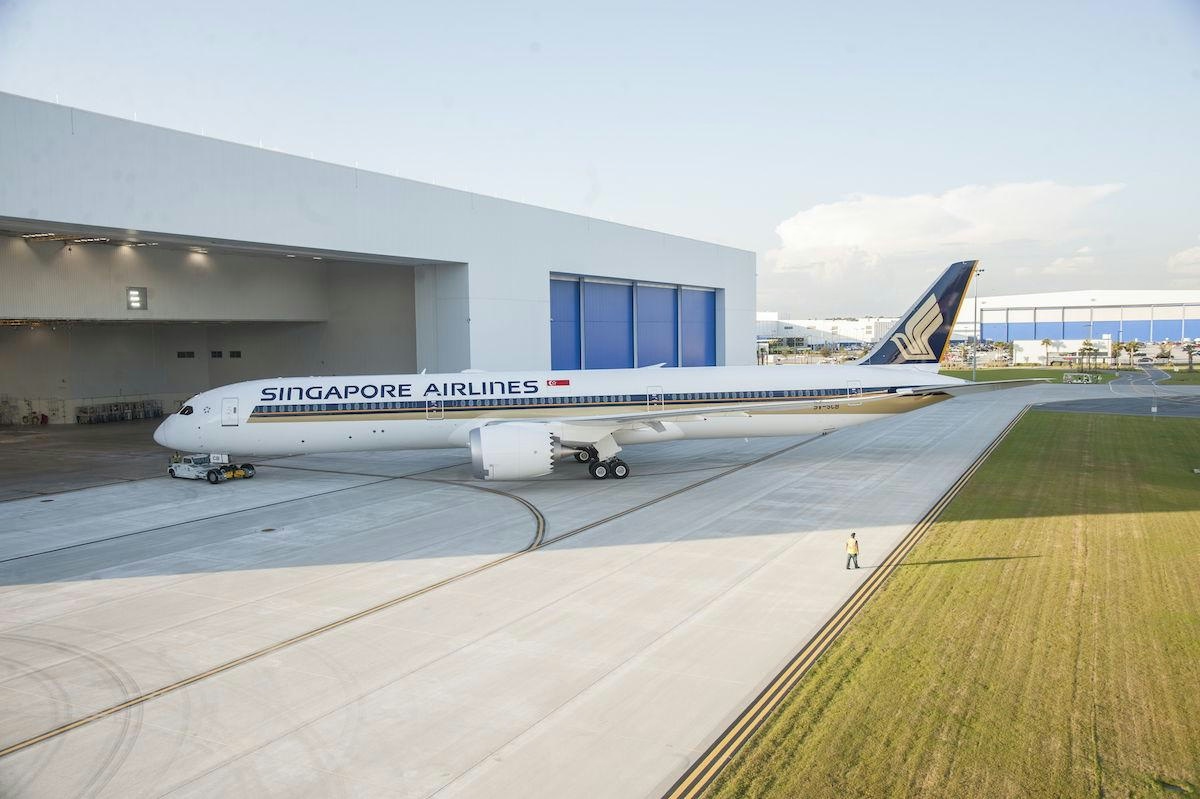
Singapore Airlines Expands Boeing 787 Dreamliner Operations Across 26 Routes
Singapore Airlines has significantly increased the deployment of its Boeing 787-10 Dreamliner fleet, now operating the aircraft on 26 routes from its Singapore Changi hub. The airline’s passenger fleet comprises 145 aircraft, including 125 widebodies such as the Airbus A350, A380, Boeing 777-300ER, and the 787-10. Notably, the 787-10 is the youngest widebody in the fleet, with an average age of just 5.1 years. As the launch customer and largest operator of the 787-10, Singapore Airlines currently flies 26 of these high-capacity jets.
The 787-10, configured with 337 seats, offers greater capacity than any other aircraft in the Singapore Airlines fleet except for the Airbus A380, which the airline has recently acknowledged is aging. While the 787-10 carries the highest payload among the Dreamliner variants, its range is comparatively shorter due to its higher weight. This characteristic makes it particularly well-suited for the dense, regional markets that Singapore Airlines primarily serves.
Extensive Asian Network and Flight Patterns
An analysis of September schedules using Cirium Diio data reveals that 24 of the 26 Dreamliner destinations are located within Asia, underscoring the aircraft’s role in servicing high-traffic regional routes. Key markets include Indonesia, Japan, China, and Thailand, which collectively account for 56% of the 787-10’s departures. The average flight length on these routes is approximately 1,688 nautical miles (3,126 kilometers), significantly shorter than the airline’s other widebody operations.
Certain destinations, such as Chengdu Tianfu and Malé, receive limited Dreamliner service, with the Airbus A350-900 typically operating the majority of flights. In September, the 787-10 is expected to average 35 departures daily, representing 22% of all Singapore Airlines passenger takeoffs and nearly 29% of its widebody flights. The most frequent departure time for these flights is 08:20.
Route Highlights and Service Frequency
Singapore Airlines operates six daily 787-10 flights to Denpasar Bali and four daily flights to Bangkok Suvarnabhumi. Osaka Kansai receives three daily departures, while Adelaide is served two to three times daily, totaling 10 weekly flights. Manila and Taipei each have two daily flights. Several destinations, including Beijing Capital, Beijing Daxing (from September 7), Chennai, Colombo, Delhi, Dhaka, Fukuoka, Guangzhou, Ho Chi Minh City, Hong Kong, Malé (until September 14), Mumbai, Nagoya, Perth, Seoul Incheon, Shanghai Pudong, and Tokyo Narita, are served daily. Sub-daily services operate to Chengdu Tianfu, Hanoi, and Kathmandu on select days.
The 787-10 is the exclusive aircraft on the Adelaide route and shares Perth service with the A350. During the northern hemisphere winter, Perth will see an increase to three daily 787 flights, while A350 operations on the route will decrease accordingly.
Operational Considerations and Market Context
Operating the 787-10 across such a broad network presents several operational challenges, particularly in maintaining efficiency and reliability. The Dreamliner family has previously encountered maintenance and reliability issues, prompting Singapore Airlines to carefully manage fleet performance to minimize disruptions.
This strategic deployment of the 787-10 occurs amid intensifying competition in the region. Rival carriers are expanding their networks, with Scoot announcing new routes and Alaska Airlines launching new services to Europe alongside a refreshed 787 livery. These developments highlight the competitive dynamics as airlines strive to capture market share and attract passengers.
Singapore Airlines’ expanded use of the 787-10 underscores its commitment to modernizing its fleet and focusing on high-demand regional markets, even as it navigates operational complexities and a rapidly evolving competitive environment.
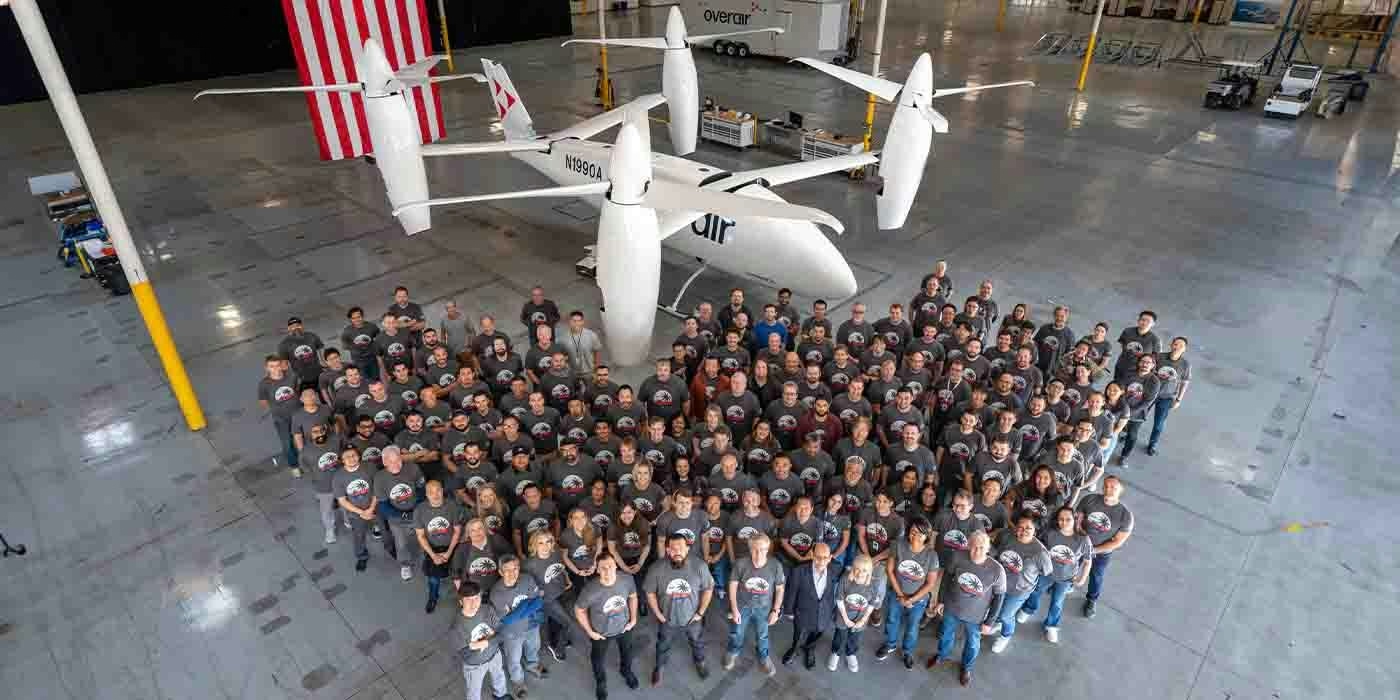
Unique mixed-propulsion eVTOL completes transition flight testing
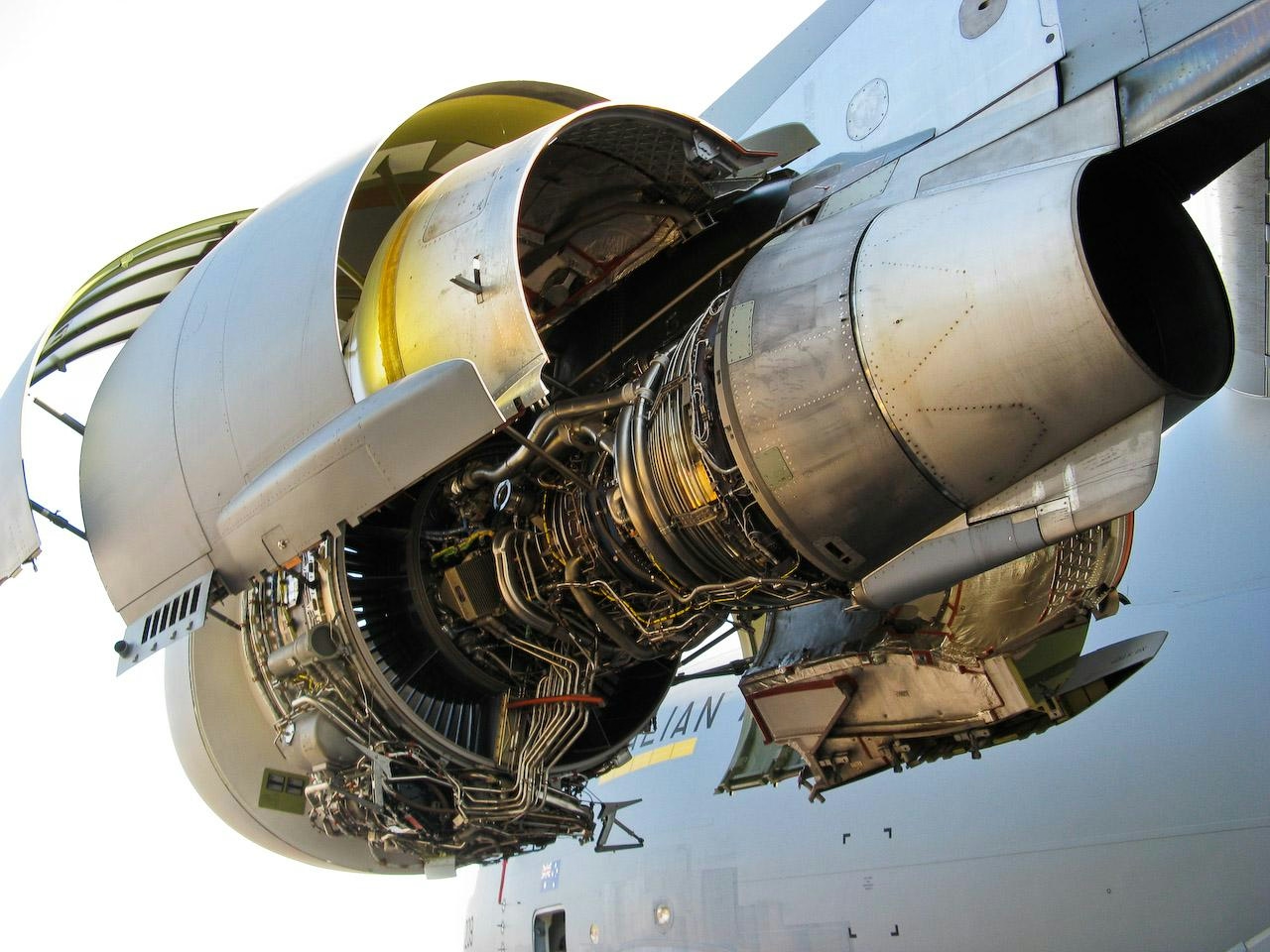
Are C-17 Globemaster Engines Derived from Boeing 757?
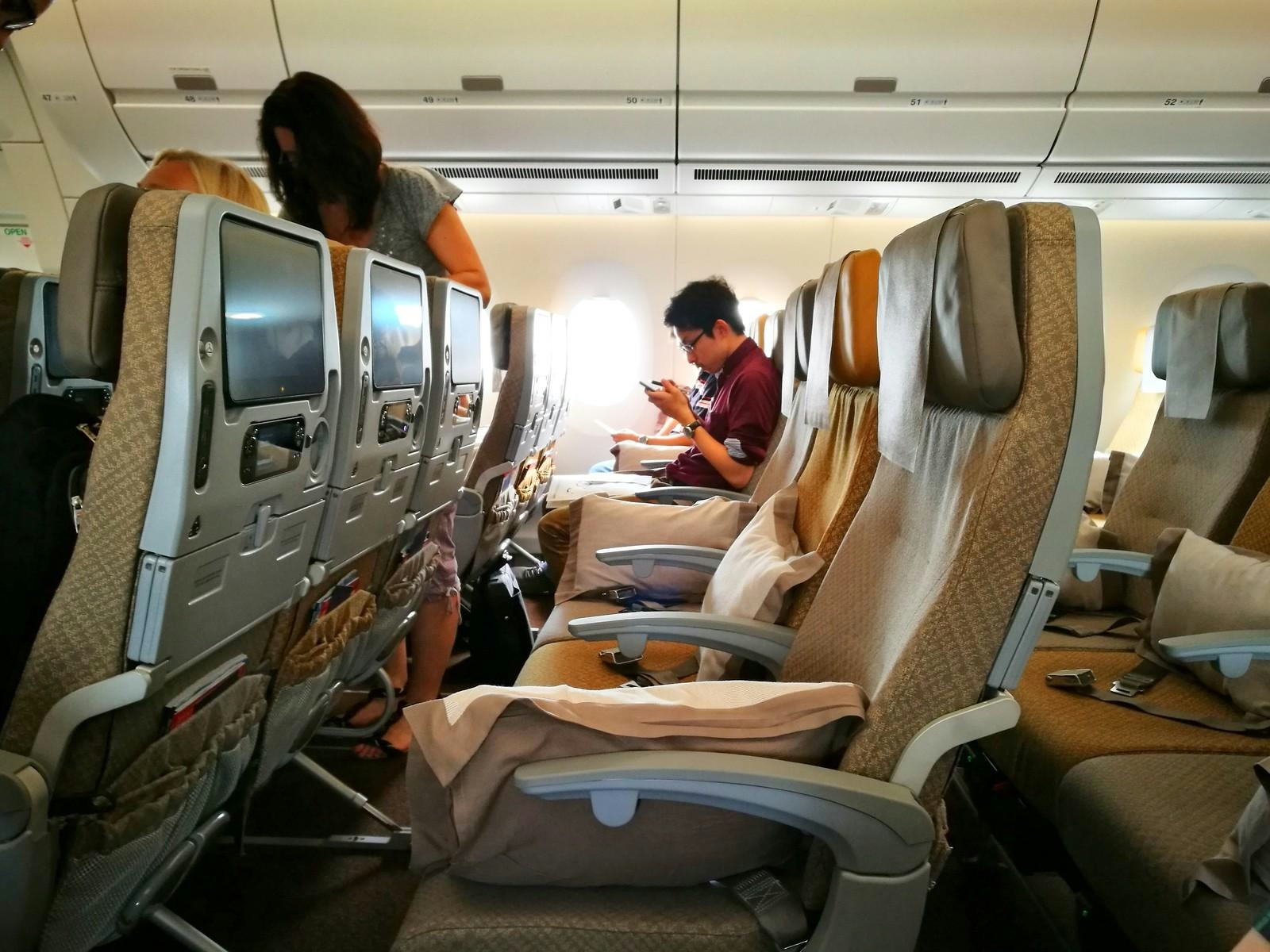
Why the Airbus A350’s Cabin Is Quieter Than Other Aircraft
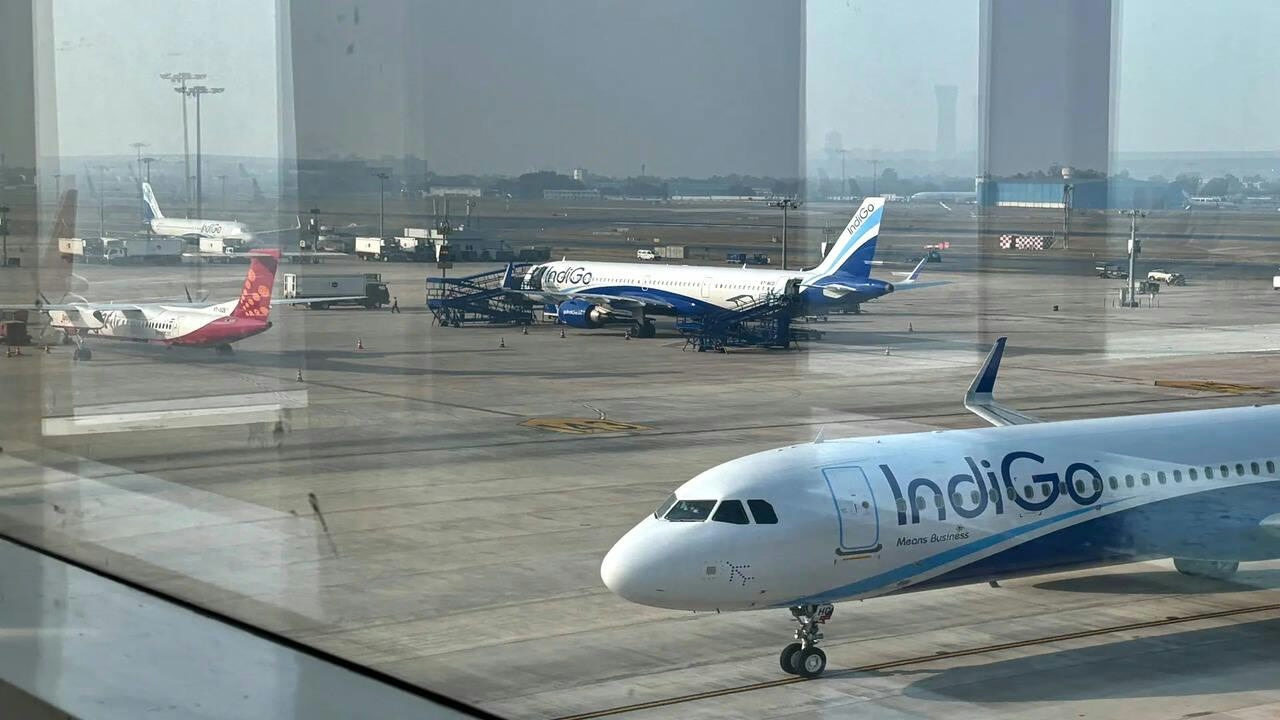
AI and AI Express Plan to Increase Capacity Amid IndiGo Flight Disruptions
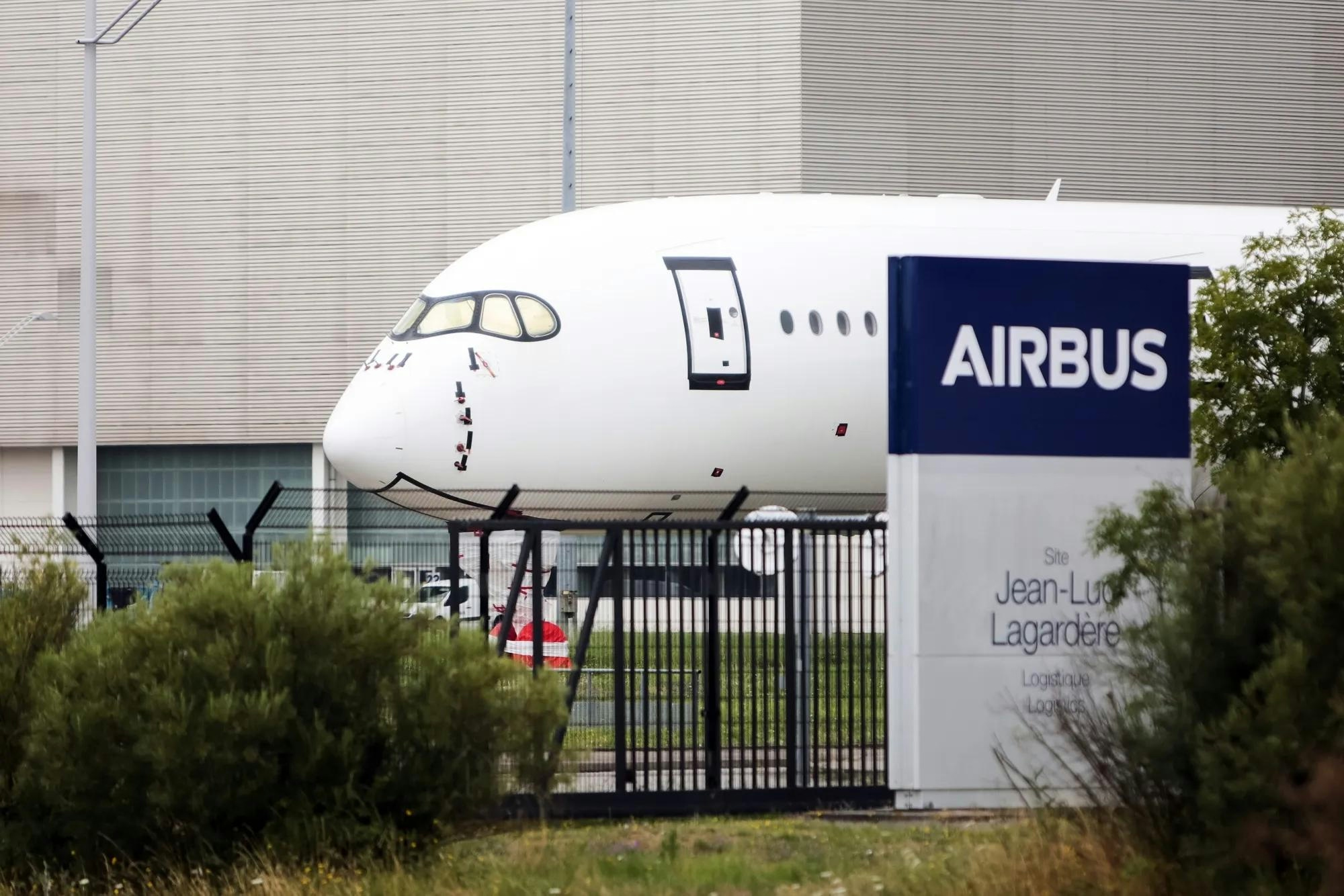
Kazakhstan and France Agree on Airbus Aircraft Deliveries
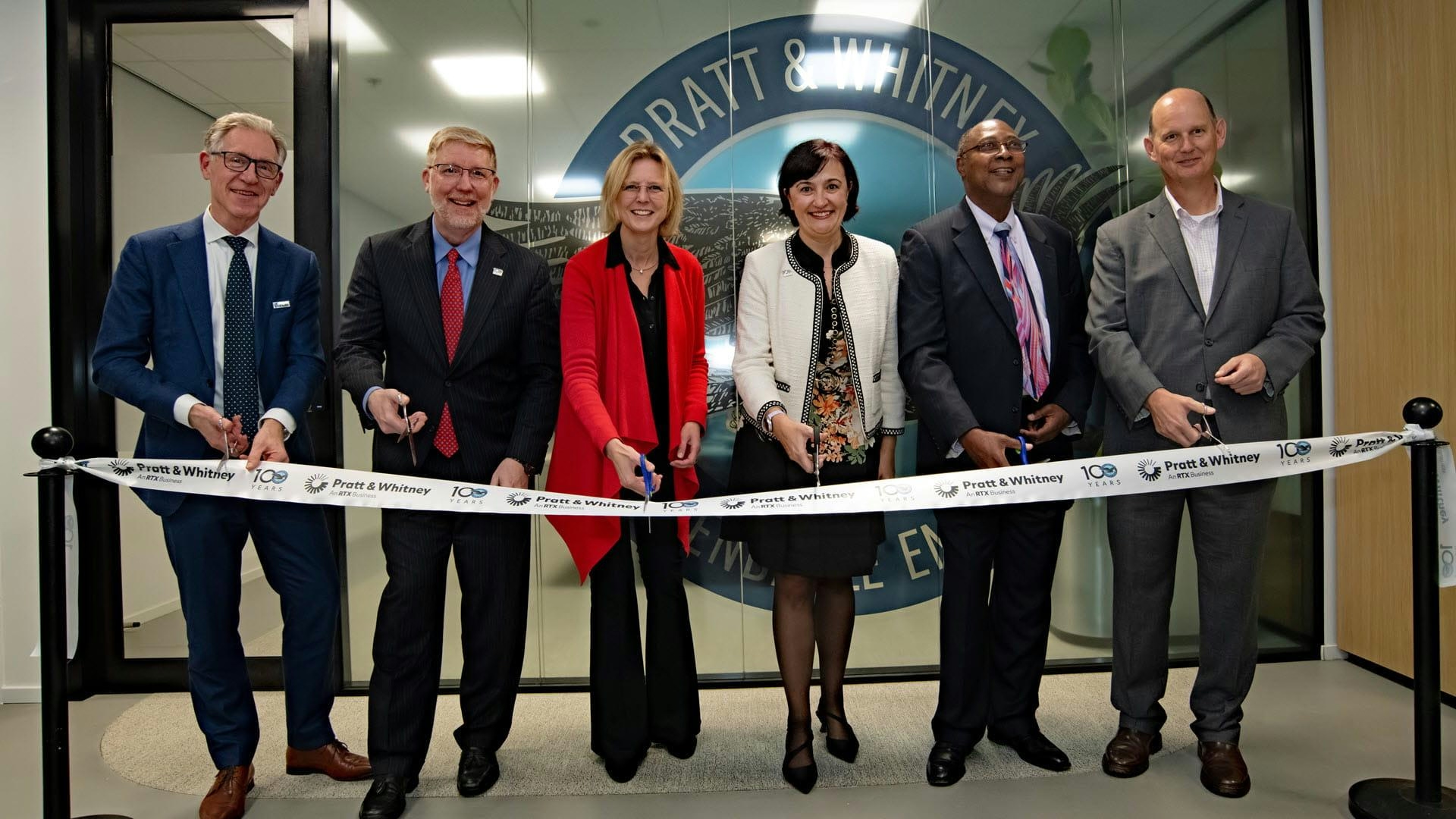
Europe’s Emerging Talent Drives Aviation Innovation
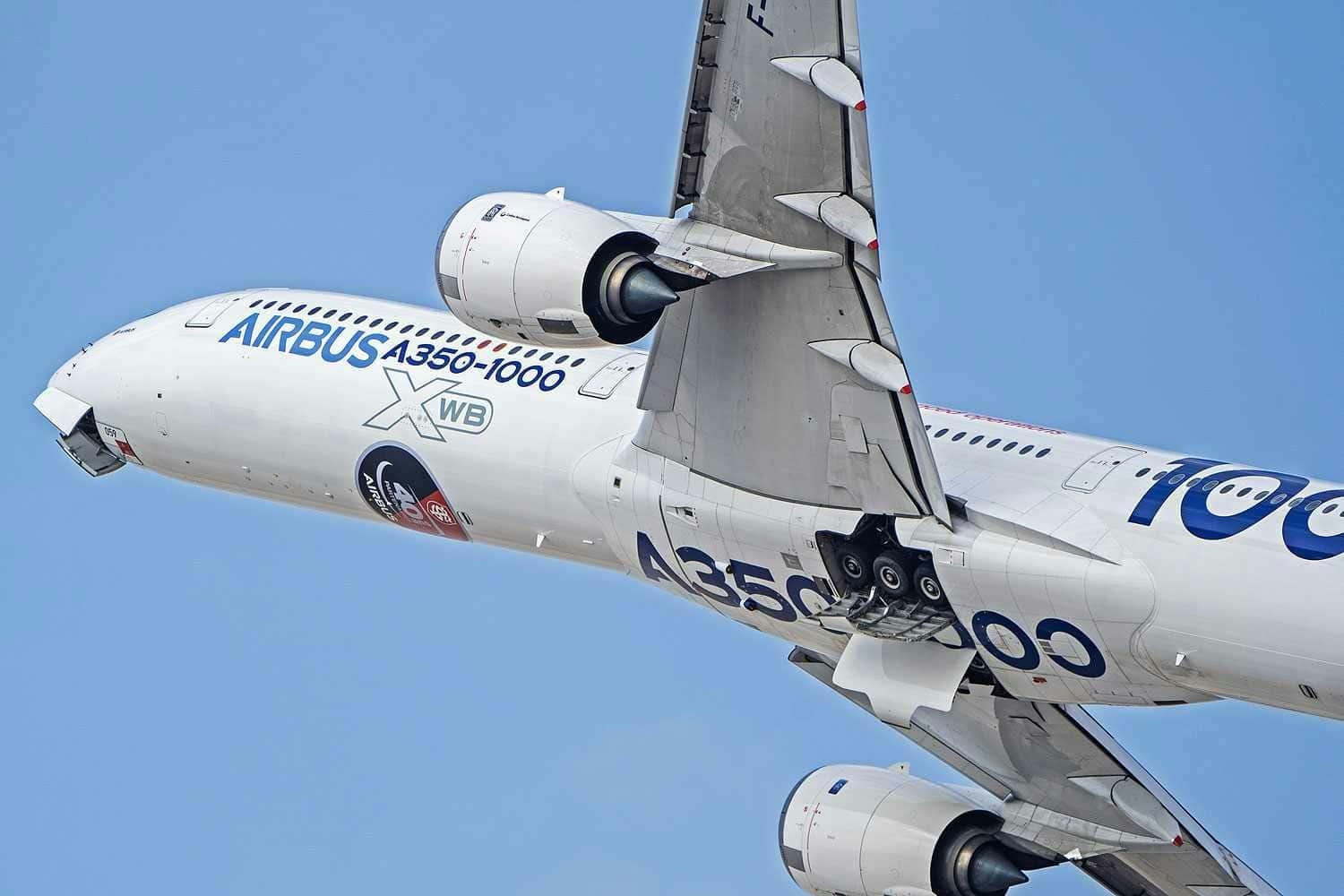
Airbus Receives New Order for A350-1000
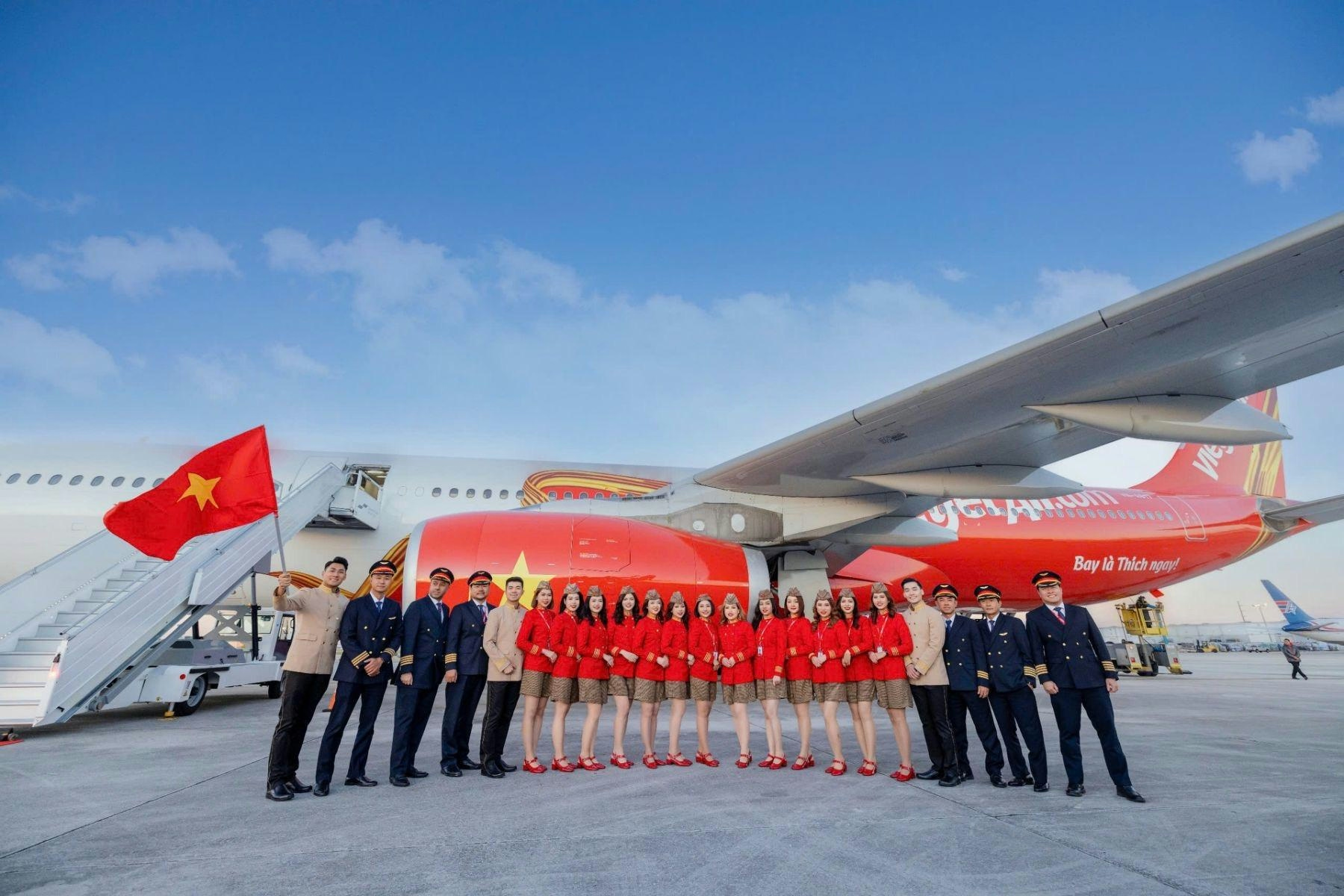
The Leading Widebody Aircraft in Service Today
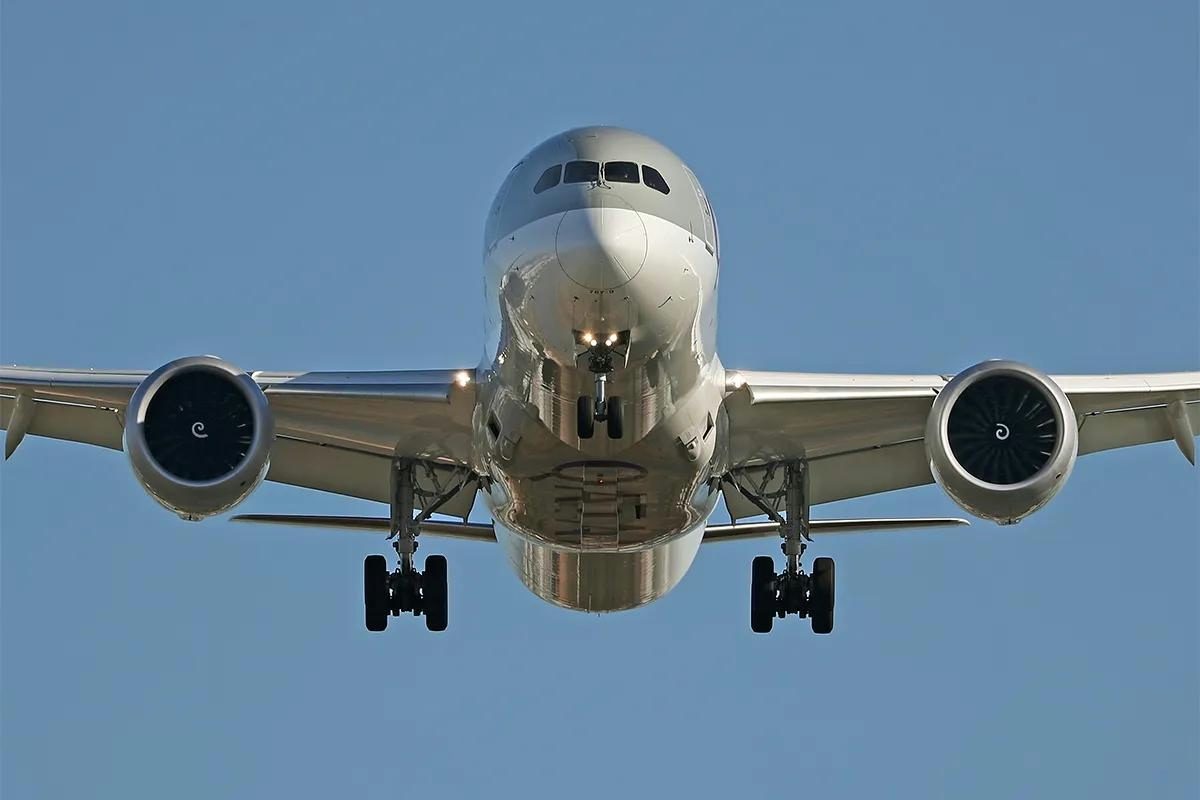
The Fastest Boeing Jet Currently in Service
